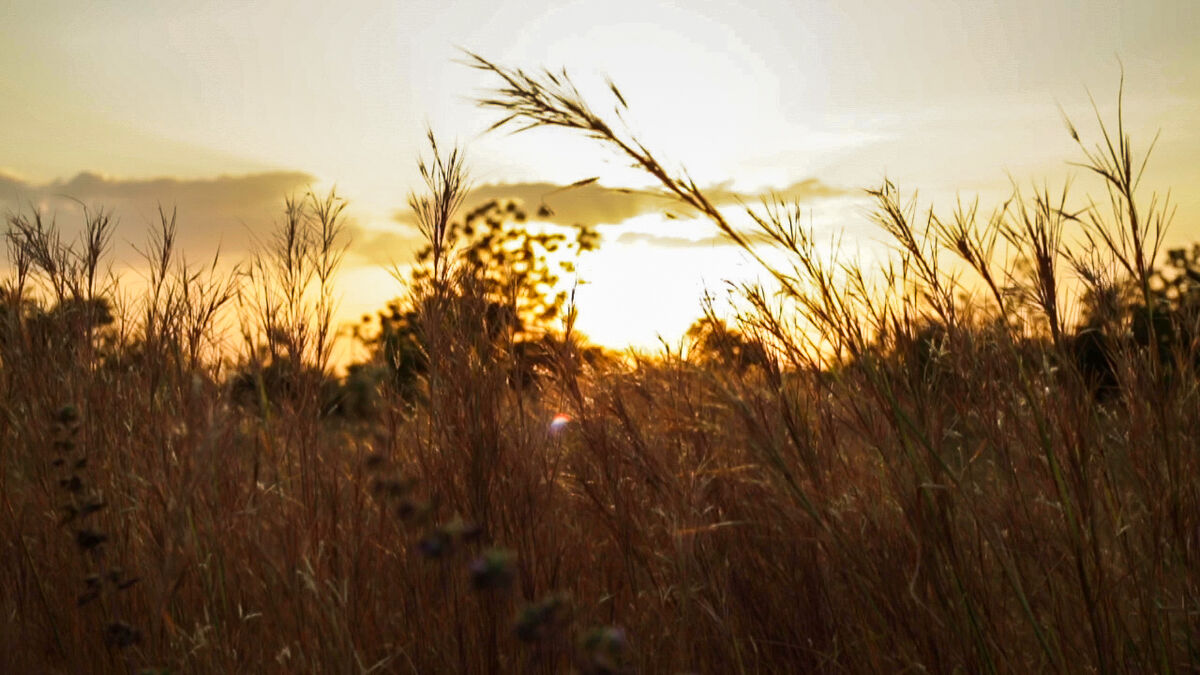VIDEO: Climate Resilient Farming in Northern Ghana


In a region threatened by climate change, sustainable farming brings resilience and a new sense of hope.
Watch the video to hear the farmers' stories. Captions are available via the CC button in the lower right corner of the video.
Small-holder farmers produce 70% of the world’s food, and yet millions of those farmers are food insecure. They rely on the stability of nature to allow crops to grow each year, and as climate change progresses, that stability is disappearing.
Vibrant Village Foundation (VVF) has always worked with small-scale farmers in rural areas, but in recent years as the impacts of climate change have worsened, it’s become clear that those farmers are not only some of the most vulnerable in the world to those impacts, but they also hold key solutions to restore the environment.
Northern Ghana is one of the many regions across the globe where the soil and land have degraded, creating a cycle in which farmers must spend more money on external inputs so that crops survive, both increasing debt and degrading the land even further. These farmers are particularly vulnerable to the effects of climate change—since the soil is weak, one bad drought can mean food insecurity for the year.
In these communities, regenerating the land is essential and urgent, and the solution is to shift to farming practices designed to bring life back into the soil. Though this concept is not unique to Northern Ghana, VVF has worked with partners Groundswell International, Center for No-Till Agriculture, Center for Indigenous Knowledge and Organizational Development (CIKOD), and Association Nourrir Sans Détruire (ANSD) to develop a methodology specific to this landscape, and now, farmers here have begun to implement these technologies.
“We are hoping we are going to educate the whole community,” says Kofi Beninbie, a “champion farmer” selected by his community to receive training in sustainable practices that he will then teach to other farmers.
The impacts of shifting to sustainable farming are many and have a ripple effect: crops thrive so that families can eat today, soil is regenerated so that farms are resilient to unpredictable weather in the future, natural systems are restored so that farmers are less reliant on external inputs, and carbon is sequestered from the atmosphere—mitigating the long-term effects of climate change. And lastly, because farmers train other farmers, that knowledge is passed down through the community for generations to come.
Watch the video to hear the story from the farmers themselves.
